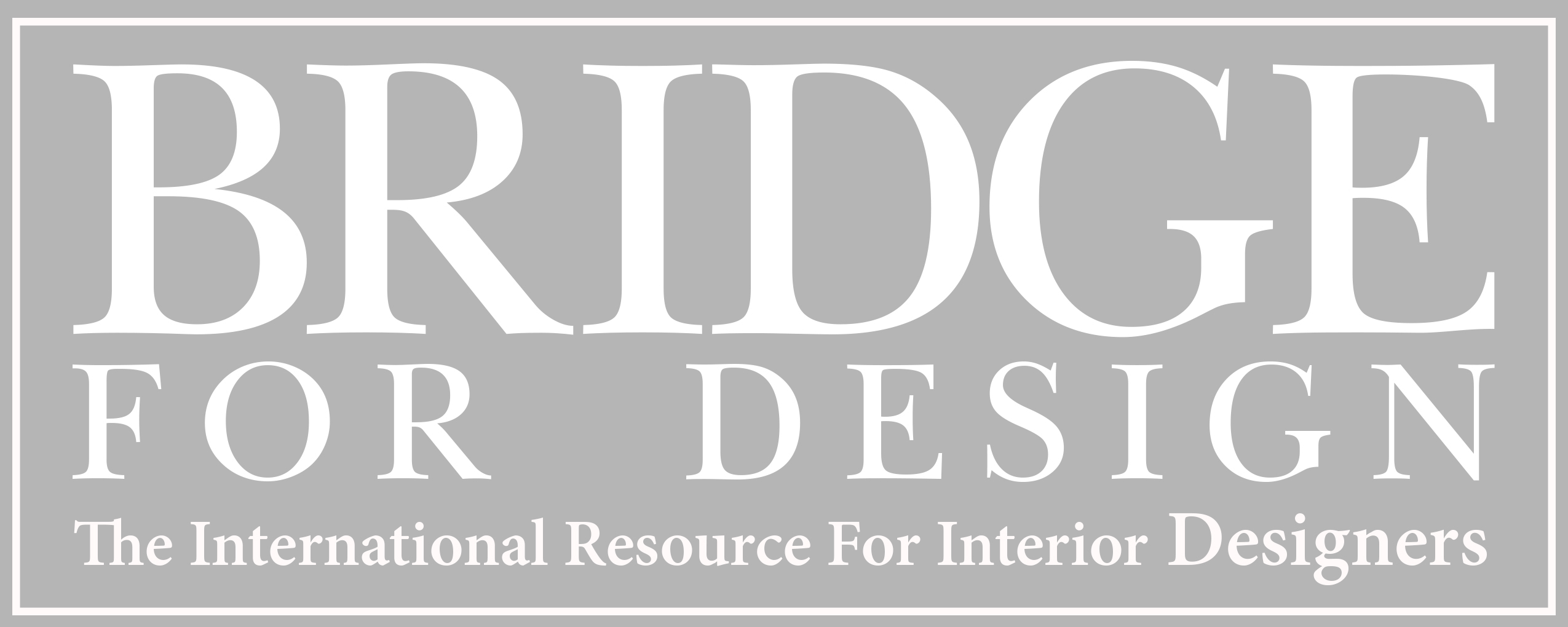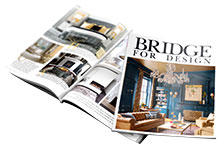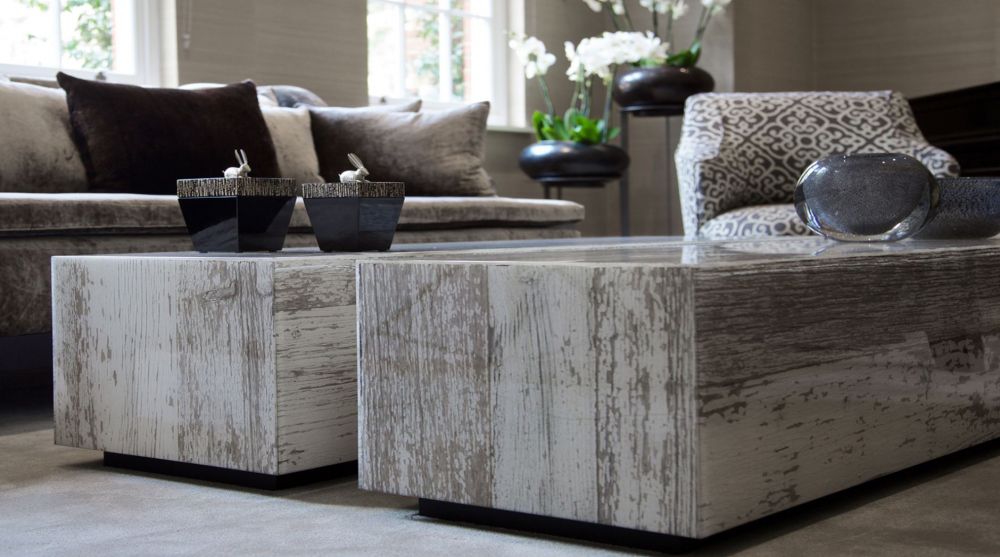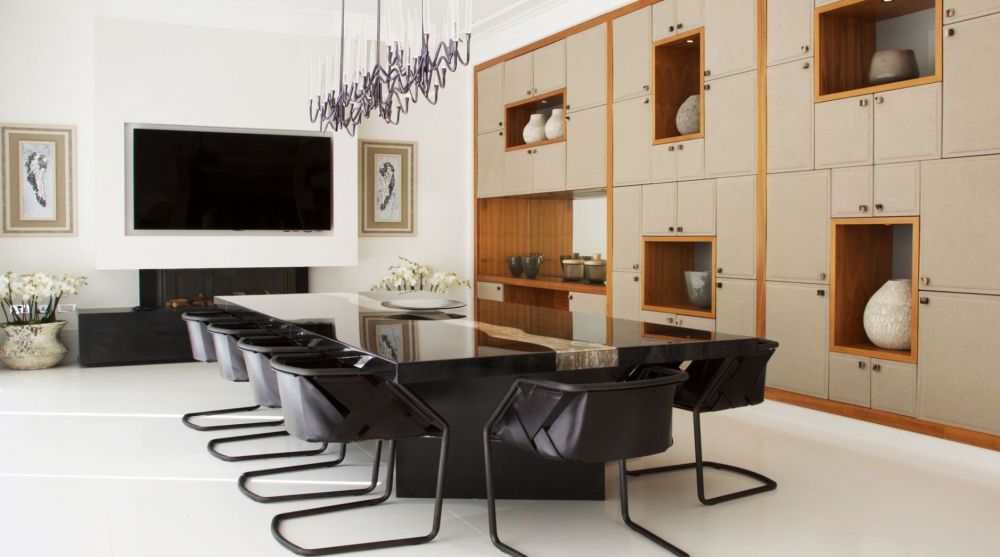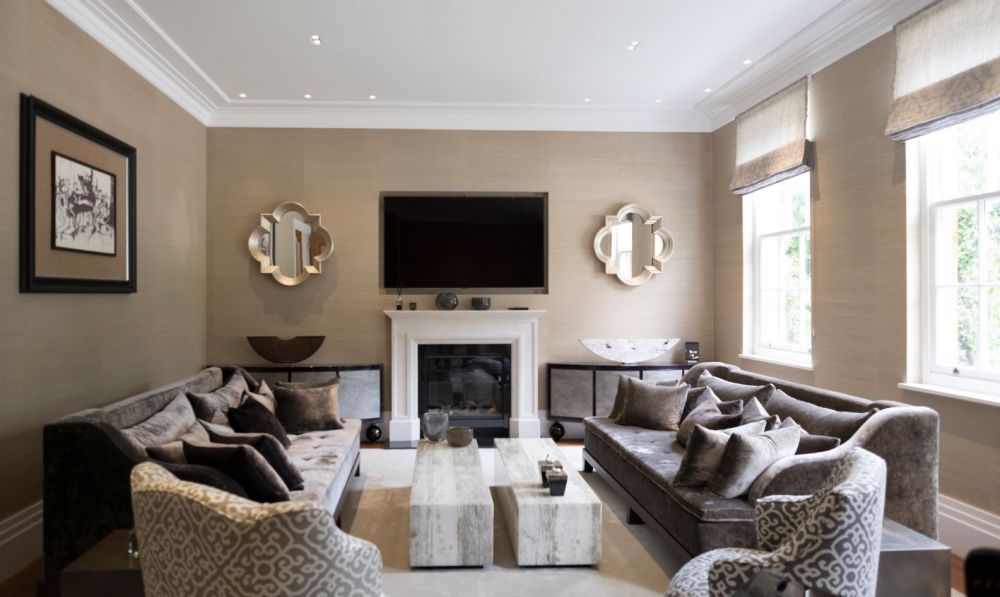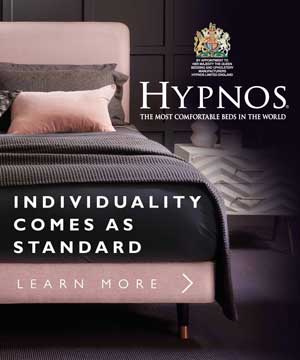When we talk about interior trends it’s often in terms of aesthetics but the influences are much wider. Despite the fact that technology has made massive leaps in the last decade, there is a strong contrasting trend towards all things natural - from materials used to organic shapes, and to a more simplified way of living generally. I believe this is going to continue with ethnic and rustic accents in contrasting sleek, contemporary schemes.
There will be more emphasis on environmental awareness in selecting lighting, heating, air conditioning systems, as well as choosing sustainable materials wherever possible. This can be seen in architecture too, as is evidenced in Stefano Boeri’s award-winning vertical forest concept in Milan. The high-density residential tower block is home to thousands of plants and trees with the idea that the vegetation will absorb pollution and create a micro climate that produces its own oxygen.
The trees naturally shade the apartments from harsh sunlight and provide a habitat for birds and insects in an urban environment. I think we will see more of these developments.
We are all much more aware of the benefits of nature on our well-being. Our clients gravitate towards natural materials, as they want to avoid anything artificial or synthetic that may contain toxins. There’s also something very comforting about organic shapes and textures - whether beautiful marbles, rich timbers, natural fabrics or patina’d metals - they bring warmth and depth to an interior scheme.
I am often asked for sofas in simple linens, and I have found a wonderful company in France that use natural dyes on their natural fabrics.
Recycled glass is another ecological material I like to work with as it resembles semi-precious stone. I also use eco paints that absorb pollutants and optimise natural light in our schemes as much as possible.
People have embraced the smart-home concept but they want it to enhance their lives, not make it more complicated. Whilst there have been huge advances in technology, it seems there is another stage to go before it works as it is supposed to. When our clients arrive home, they want to be able to switch the lights on, rather than be greeted with a welcome home
message on a screen asking multiple questions.
Everyone is exposed to so much choice and stimulation, it becomes overwhelming and it feeds this desire for the rudimentary. I took a client to a stone yard recently and she said it was like visiting an art gallery. There was so much beauty within the natural stones; the unusual colours, shapes and patterns created by fossils. She chose a piece of granite that resembled Monet’s Lily Pond in its tones and she had it framed, instead of having a piece of art on the walls.
We live in a fast-paced world and our clients lead busy lives, so time is a luxury - they want slick, well-organised homes. I am often invited to see a client’s belongings before we think about the aesthetics. This wasn’t the case ten years ago, but now they want to know where the school bags and wellies will go before we talk about colour palettes. Everything has to have its place, even the remote controls; they don’t want to see busy, cluttered surfaces or to waste time looking for things.
